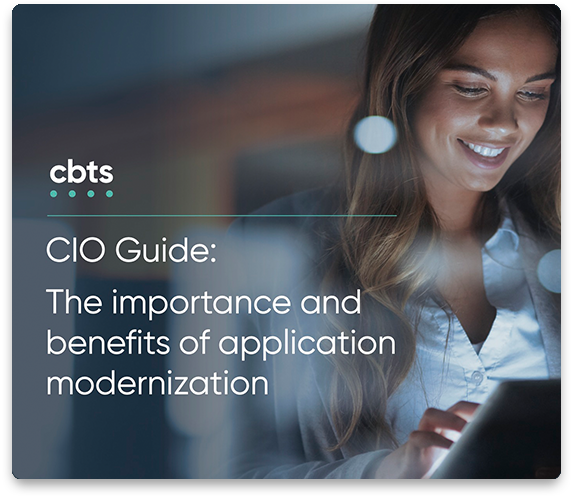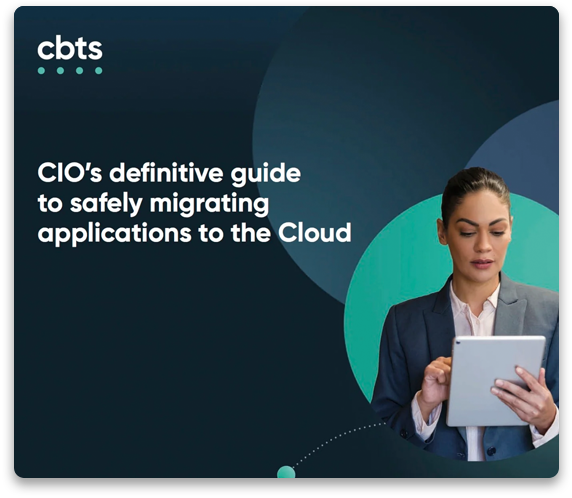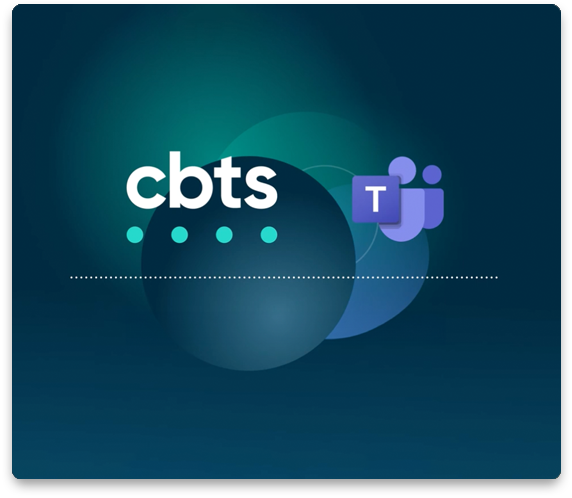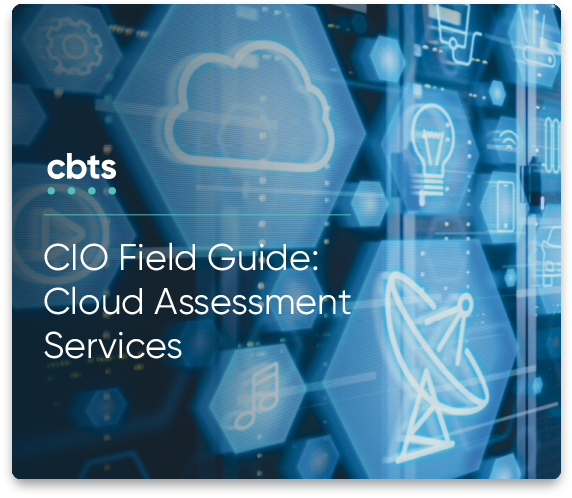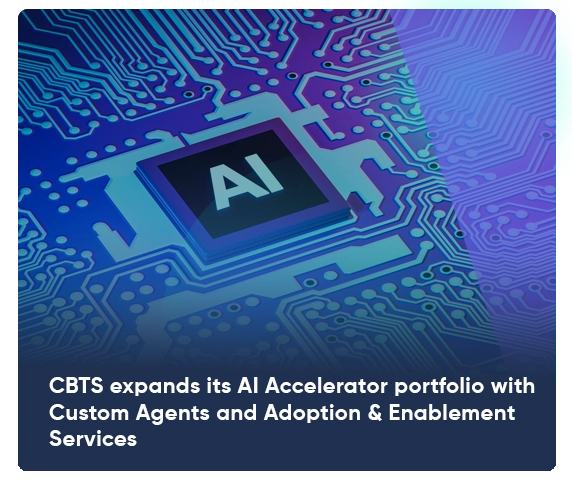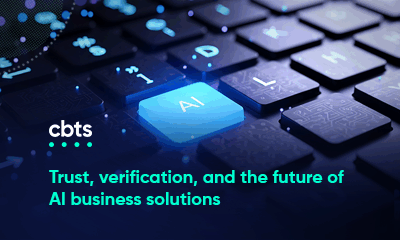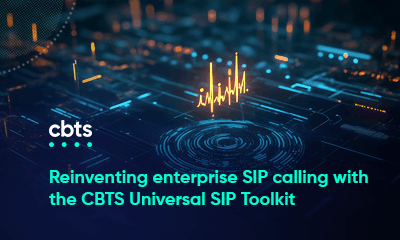
As technology leaders continue to leverage the power and flexibility of artificial intelligence (AI) across disciplines, one of the richest opportunities for enhancement lies in network security. Digital transformation is leading enterprises to house more—and more sensitive—data about their operations and their customers, while at the same time, modern cyber threats increase in sophistication. Therefore, the risk of a breach is high, and the potential consequences are steep. To ensure consistent management of complex networking structures, enterprises turn to AI operations, or AIOps, for help.
AIOps platforms incorporate machine learning to add speed, analytical power, and automation to traditional IT operations tools. Applied to cybersecurity, AIOps becomes invaluable for its ability to rapidly coordinate intricate tasks like vulnerability scans and threat identification. A common truism is that humans are the weakest link in cybersecurity. As security demands grow more layered and complex, human capabilities could easily become a limiting factor in their effectiveness. However, the precision and consistency of AIOps open new possibilities for cybersecurity design—even enhancing the application of modern cybersecurity’s gold standard: zero-trust architecture.
Learn how AIOps tools are driving new levels of protection and responsiveness in zero-trust architecture, and what machine learning could mean for the future of zero trust.
Zero-trust architecture: No assumptions
As enterprise network architectures grow more complex, so do the threats to their security. Legacy models of a protected perimeter, inside which connections are “safe” or “trusted,” are outdated in an atmosphere where security incidents are a matter of when, not if.
Instead, zero-trust architectures are designed around continuous verification, irrespective of user or location. Each authenticated access request receives the least possible privilege needed to accomplish the request. This series of ongoing checks ensures that even if one attack breaks through security measures, it will struggle to expand or escalate.
Executing zero-trust principles with smart assistance
The three most commonly cited principles of zero-trust design are:
- Continuous verification: Identity should be verified (mutually, if possible) for all connections and access requests—regardless of who, what, or when.
- Least privileged access: Systems should assign only the level of access needed to accomplish an authorized request, no more. Access should be revoked once complete.
- Assumption of breach: Develop the strongest possible cybersecurity posture and approach security strategy as if it will be, or already has been, breached. Limit the potential for lateral moves or privilege escalation to minimize an incident’s damage.
AIOps facilitates the execution of these principles with powerful tools that operate on multiple fronts, hardening the existing cybersecurity posture, enabling dynamic threat responses, and creating efficiencies for operations and security teams.
Read more: Navigating the future of AI security, emerging threats, and zero trust
Intelligent prevention
Enterprise network infrastructures exist across a growing suite of data center hardware and cloud software platforms, each with its own firmware, settings, and security considerations. Properly configuring every network component in an enterprise-scale implementation is a full-time task in and of itself. In addition, as components age and the technology ecosystem changes, new vulnerabilities, threats, and compatibility errors arise.
AIOps networking tools can scan and continually monitor an existing architecture to validate initial configurations and identify new vulnerabilities. With access to security advisories and up-to-the-minute threat intelligence, an AIOps system can pinpoint components that require updates or remediation, prompt maintenance, and proactively prepare for known threats. As part of a zero-trust architecture, this kind of continuous, predictive maintenance allows endpoints to confirm the identity and security of the network under the “continuous verification” principle.
Context-aware rapid response
The core function of AI is to analyze massive datasets and identify patterns at a scale that would be prohibitive for humans. The sheer quantity of data AI tools can digest enables them to surface unexpected or subtle insights. These capabilities demonstrate their value when applied to network traffic and endpoint behavior on an enterprise level.
Detailed monitoring allows AIOps networking platforms to analyze the traffic flow, access locations, and network activity of an organization’s ordinary functions. With this heuristic for comparison, AIOps can identify anomalous client behavior, traffic patterns, and access requests. AI-powered security tools can implement risk-based access control in support of least privileged access, assessing the characteristics of an access request against expected client behavior and granting or denying full or partial privileges accordingly.
AIOps can also incorporate real-time threat intelligence to identify a security incident as it occurs and can intelligently notify appropriate staff or even begin basic remediation steps. These functions help prepare for the eventuality of a breach and aid in limiting the extent of the intrusion.
Operational efficiency
AI tools can “learn” subtleties of context, which would otherwise be challenging to define programmatically. Accordingly, AI can automate multi-step tasks with complex dependencies, creating greater consistency in day-to-day IT operations and lightening the burden of repetitive or labor-intensive work on technology teams.
This resource efficiency frees IT staff to focus more on innovation and creative problem-solving, further improving an organization’s cybersecurity posture and preemptively mitigating the impact of security incidents.
Read more: Playbook: Implementing AI solutions to achieve operational excellence
Shaping the future of zero trust with AIOps for networking
As AI capabilities continue to grow, the functions available to AIOps platforms will also evolve. Increased analytical capacity and more finely tuned training will make AI tools increasingly context-aware and produce even more reliable output, allowing AIOps to execute more complicated workflows and operate with greater autonomy. Given these trends, two potential AIOps functions show promise.
Self-healing networks
AIOps networking platforms already catalog and monitor the components of their network infrastructures. Added functionality could empower AIOps to autonomously perform predictive maintenance, implement patches and software upgrades, identify and resolve performance degradations, and optimize network configurations against the latest security threats.
Sophisticated autonomous remediation
Current AIOps networking platforms can, when authorized by administrators, perform basic initial remediation steps in the event of a security incident. With evolved functionality and greater autonomy, however, AIOps could incorporate more complex workflows, allowing platforms to react to threats in the moment with concrete security responses. Proactive remediation and a real-time response would minimize delays, limiting the scope of incidents and further bolstering an organization’s zero-trust cybersecurity stance.
Read more: Secure cloud networking with SASE and SD-WAN
Evolve your zero-trust strategy with guidance from the AI experts at CBTS
The complexity of modern network infrastructure and the growing sophistication of cyberattacks demands highly skilled implementation and management. In CBTS, enterprise leaders have a dedicated partner with decades of experience and certifications in gold-standard AIOps networking platforms such as Palo Alto Networks Prisma. To explore the possibilities for next-generation zero-trust security at your organization, contact CBTS today.

